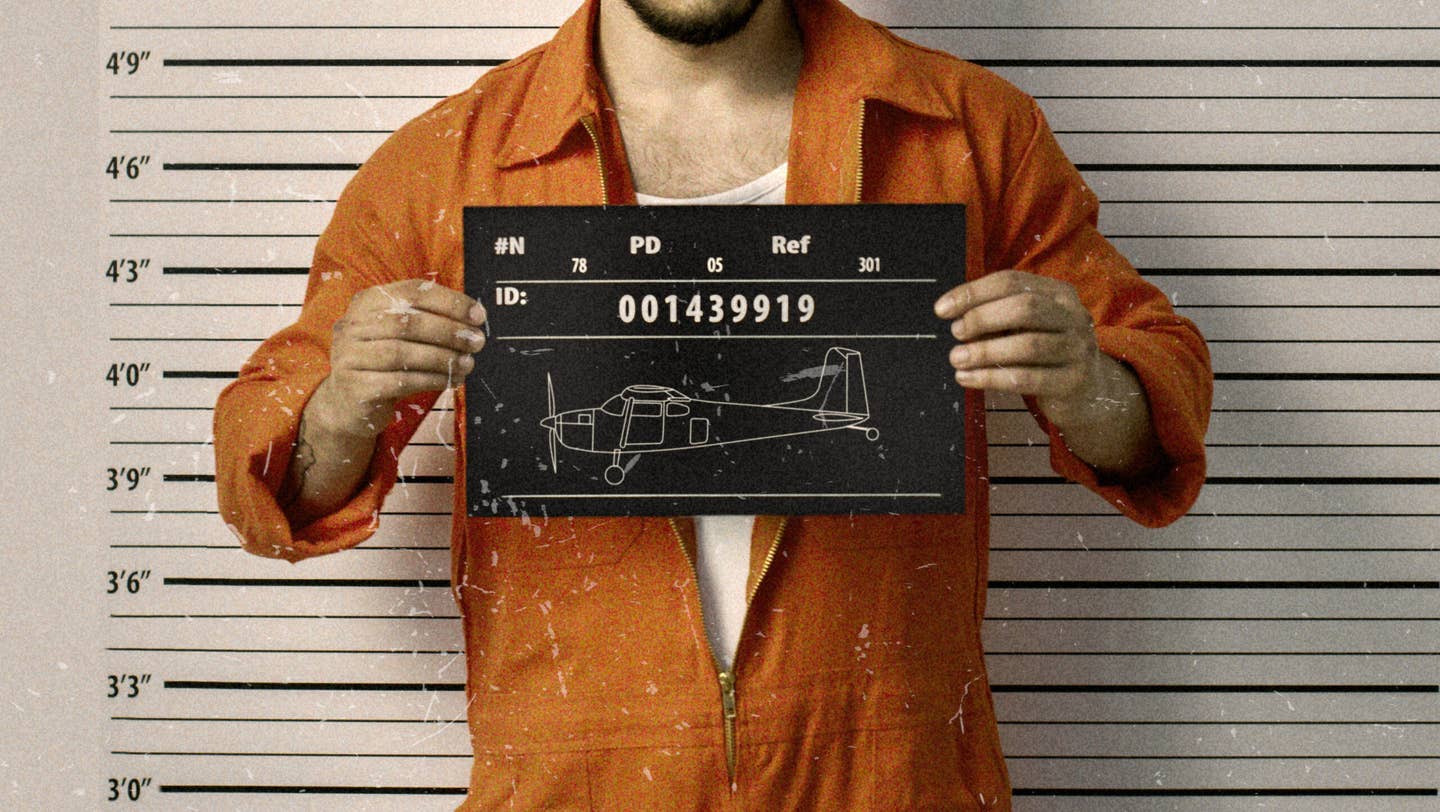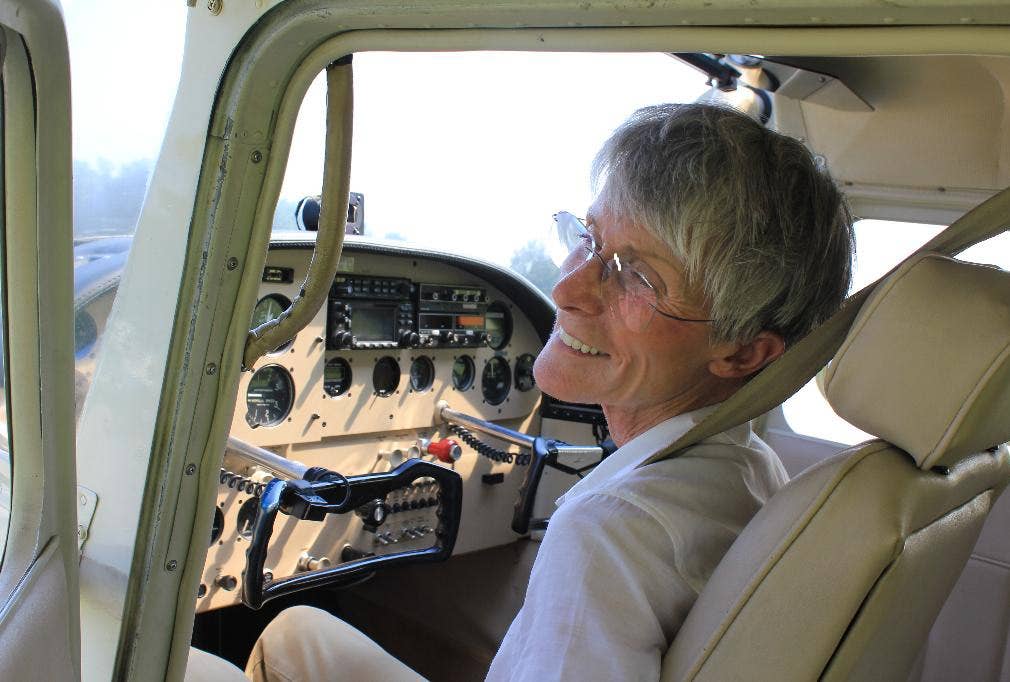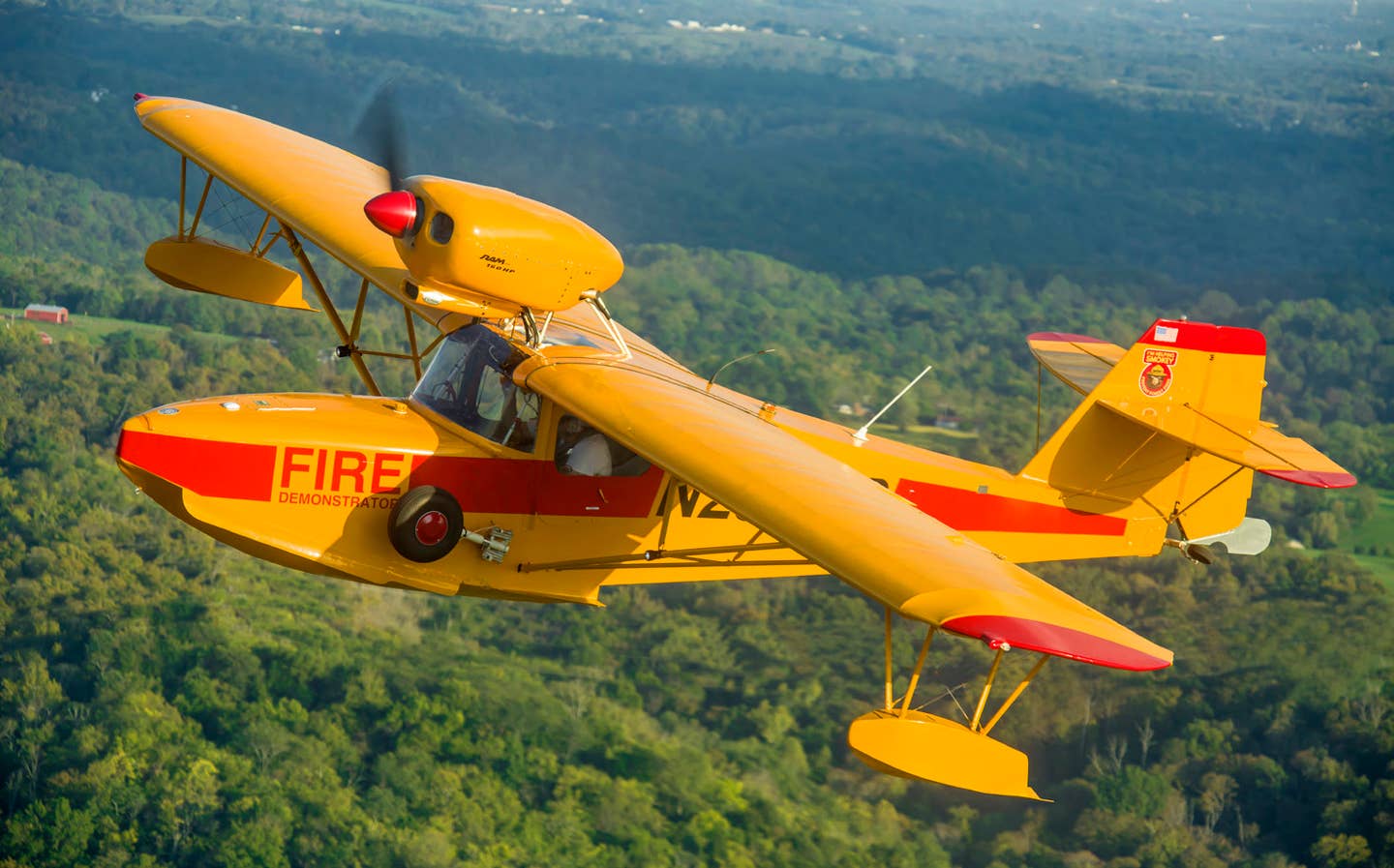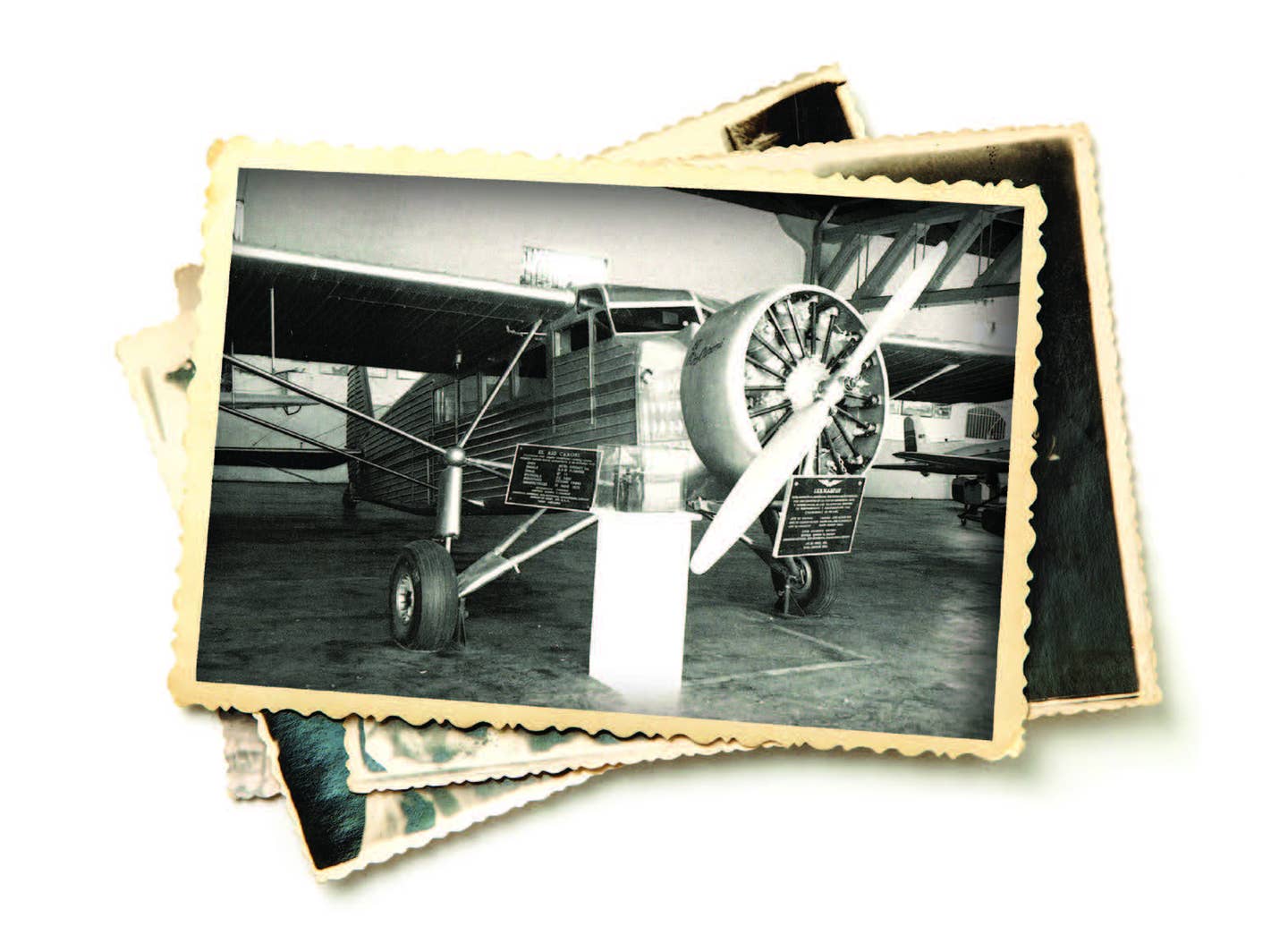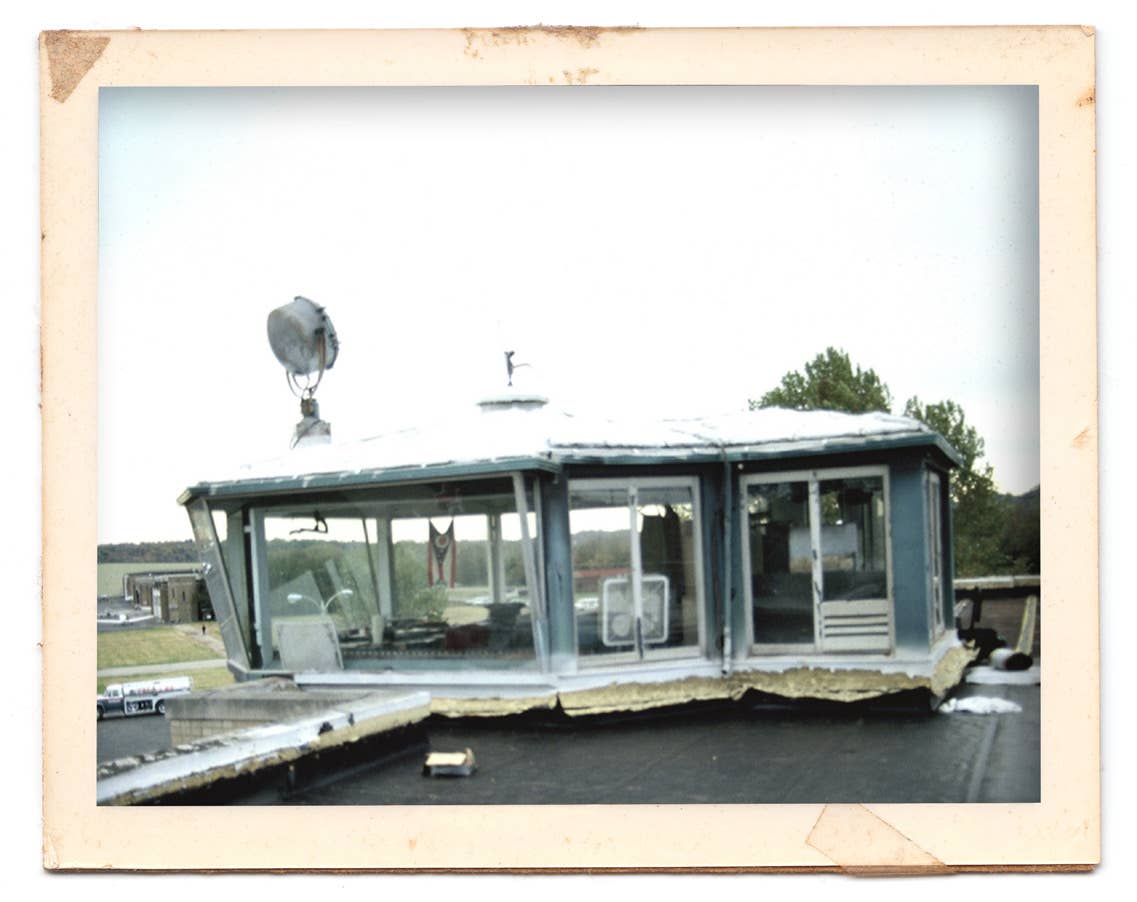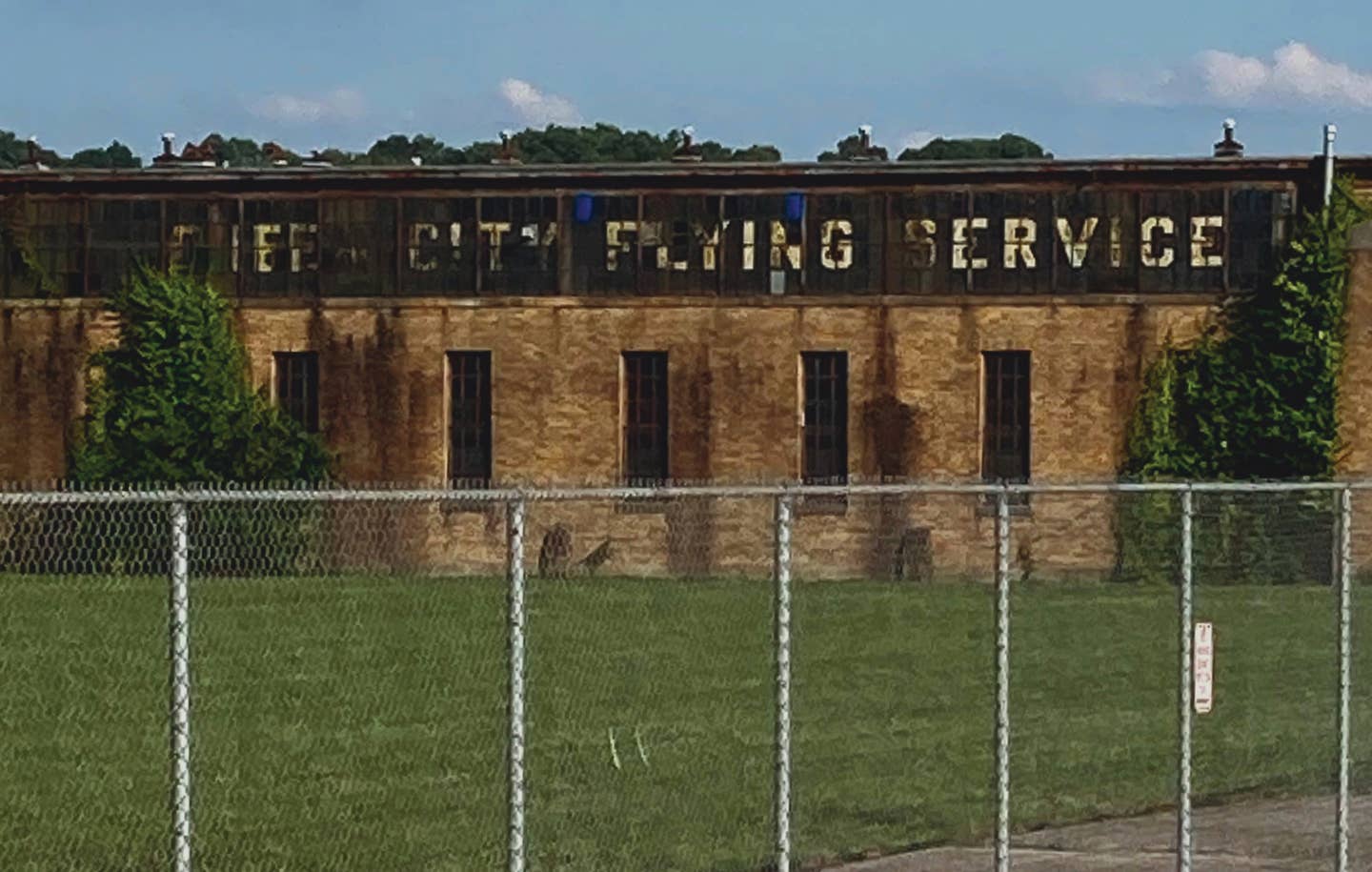Second Solo
Following a nine-month hiatus from flight, the author’s joy at completing her second ‘first solo’ is audible.

The author studying for her private pilot knowledge exam. [Courtesy: Martha Lunken]
It felt as though I were flying through a time warp…like it was March 1962, when I made my first solo flight. But it wasn’t 1962. It was December 2021, and I was “first soloing” for the second time in my 59-year career as a pilot.
My instructor, Emerson Stewart, signed me off at a uniquely charming grass field—Red Stewart Airfield (40I) in Waynesville, Ohio—named for its founder, Emerson’s grandpa “Red,” and operated continuously by succeeding generations of the Stewart clan since 1946. With my Cessna 180 in for annual, I was learning to fly again and taking the private pilot practical test in one of the Stewarts’ Cessna 150s. The painful nine-month hiatus—imposed by the FAA for my misbehavior— was finally over.
I don’t know if you remember your first solo as vividly as I do, but I was scared and sang an old spiritual at the top of my lungs as I made my way around the pattern at Lunken Airport (KLUK). So, in the ’50 at Waynesville, not scared but hugely joyful, I sang the same song to honor the memory: “My Lord, What a Morning.”
Red Stewart Field specializes in taildraggers, and from the air it looks like something out of a Norman Rockwell painting with Cubs and Champs, Stearmans, Taylorcrafts, and a couple gliders. Emerson lives down the road in a house with the front end of a Beech 18 in the yard. You can usually find his mom and dad, Cathy and Cub, in or
around the hangar.
Cub, an accomplished pilot and mechanic, was FAA National Maintenance Technician of the Year, and Cathy is widely known as a talented and sought-after airplane fabric recovering expert. Three airplanes displayed in the U.S. Air Force Museum in Dayton, Ohio, are Cathy’s restorations. I was especially proud when she let Emerson use her special fabric shears to cut off my shirt tail after successfully making it around the patch on my solo flight.
To say the least, it’s been a challenging nine months, kind of like being pregnant only different. Instead of morning sickness, I’d wake to the painful feeling of having lost something so important. And a pang every time I heard the roar of a jet taking off or an airplane flying over my house, which sits under the Lunken Airport traffic pattern.
But giving up was not an option, and the time wasn’t totally wasted. I studied for and took the private and instrument pilot knowledge exams. You don’t want to do that again! Even the private covered lots of territory I’d either never known or long ago forgotten—much of it not used or needed to safely and legally operate as a private pilot, in my opinion. The biggest challenge were the questions on risk management, scenario-based training, and other psychobabble devised by people who, I suspect, never darkened the cockpit of a real airplane. I guess I’m probably a mixture of “undesirable pilot personalities”; a little “anti-authority” combined with a healthy dose of “impulsivity” and spiced with feelings of “invulnerability.” But “macho,” no, I’ve never been interested in impressing anybody except myself (or an examiner). And certainly not “resignation.” You never, ever, throw up your hands and quit.
Through those nine months, I tried keeping my 1956 Cessna 180, N7772B, exercised by riding along as a passenger with friends who have 180 time. But it was a challenge. I found there was almost nobody around the airport who had 20 hours in a Cessna 180.
As you might have guessed, I’m crazy about airplanes— they’re pretty much my whole life. Being grounded gave me a sympathetic insight into pilots I know, who no longer fly because of medical issues. Don’t let this happen to you. Regardless of what class of FAA medical you currently hold, get a Basic Med signoff too. If you wait until you’re told you need a special issuance or your medical is outright denied, you are ineligible for Basic Med. I’ve known pilots who fought for years and spent huge sums trying to get a special issuance…and, yeah, I know some who’ve been denied and fly anyway. When asked, my best advice to them is, “Don’t, but, if you insist, don’t carry passengers; and if you have an accident, be prepared for a painful experience with the FAA, insurance companies, and maybe the law.”
The Stewart clan aren’t the only people I won’t forget. I took the knowledge exams at Dave McDonald’s Flamingo Air at Lunken, which offers almost everything aeronautical—sightseeing flights (“romantic” or not), ground schools, a flight school, and avionics and dispatch certification courses. It’s also an FAA-approved testing center.
One conundrum: With all my old certificates and ratings still listed in the FAA’s certification system, IACRA, how would I apply for a student pilot certificate? Flamingo’s Marty Partin is an expert at navigating this system, so I was there bright and early on the morning of December 1. It did crash a couple times in the process but Marty eventually got through, and I left clutching a student pilot certificate signed by an old friend, CFI Bill Greenwald. Sharon McGee, who runs the place, groaned when I returned with a box of Christmas candy and a calorie-laden cake to express my heartfelt thanks.
Right now, I’m finishing the three hours of dual, in preparation for the practical test with Emerson. This guy lives and breathes airplanes and is a joy to fly with. He, along with his father and daughter, Audrey, soloed gliders at 14. Cathy flew in the past, and Emerson’s son, Ace (what else?), almost 12, is waiting anxiously for his wings. It’s in their genes. Red, who started the airport, had no car so he flew daily back and forth to work in Dayton, landing in a field adjacent to the propeller plant.
The Lord works in curious ways. As painful as it was, my being grounded spread all over the aviation world, allowing me to reconnect with many old friends, people I’d flight-tested, old DC-3 buddies, and even total strangers.
Thanks, all of you, for keeping me going.

Sign-up for newsletters & special offers!
Get the latest FLYING stories & special offers delivered directly to your inbox

